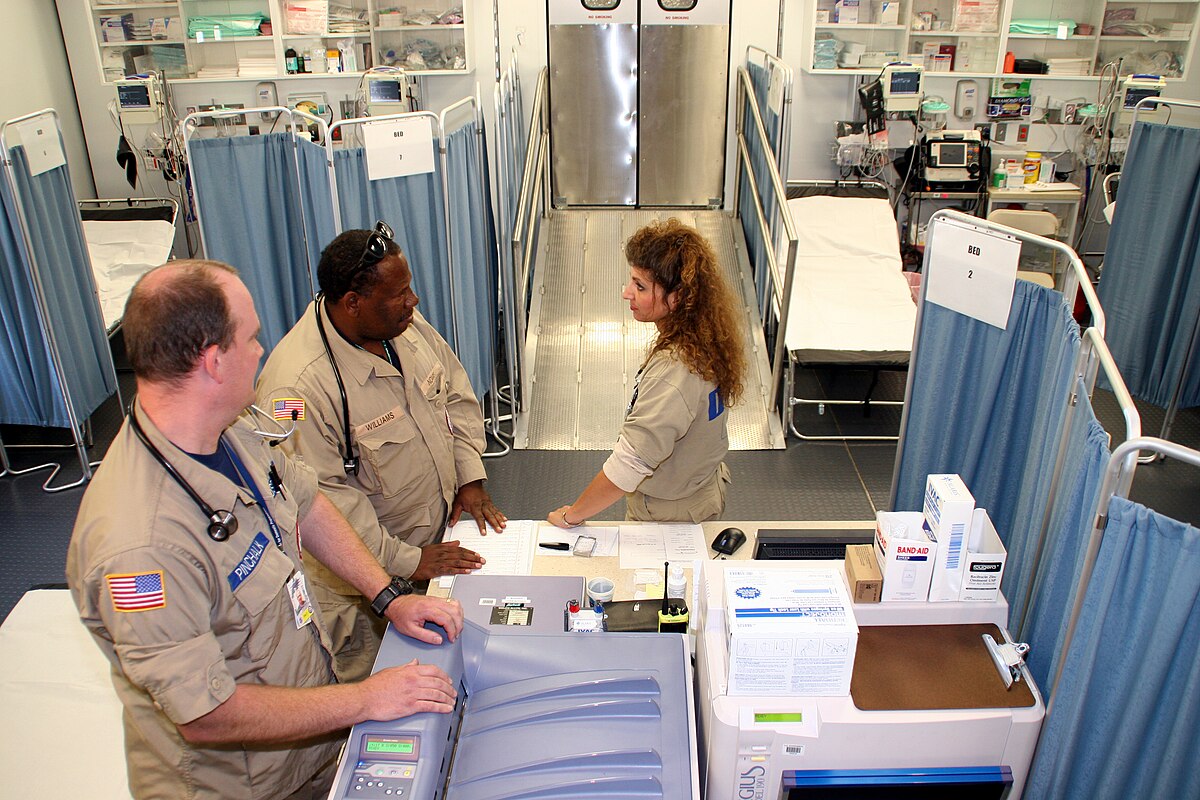Without question, the Barbie movie has been the breakout success of the 2023 summer movie season. Thus far, it has earned over $1.34 billion worldwide, placing it in direct competition with The Super Mario Bros. Movie at $1.35 billion. While fans and the movie industry wait with bated breath for Barbie to win the race against Mario, the Barbie phenomenon gives us an opportunity to flex the research arm of sociology. How would a sociologist study Barbie? And if you were that sociologist, what would you do, and how would you do it?

The first step in researching Barbie from a sociological perspective would be to ensure that you have a firm grip on the scientific method, the process a sociologist uses to develop and test theories. The scientific method provides the sequence and steps necessary to guide your research to a successful outcome. The steps of the scientific method and how they might apply to studying Barbie are as follows:
1. Define the question or problem. This involves identifying your “wonder” or topic. As a student, your instructor usually assigns a topic, but as you get further in sociology, you are given more leeway to decide on your own topic. For our purposes, defining the question or problem entails clarifying what you are wondering about Barbie. Are you interested in studying Barbie purely as a movie? Or might you want to know about the role of the Barbie doll in society from a historical and/or cross-cultural perspective?

2. Review the literature. A Google search for the word “Barbie” resulted in 182 million results in 0.47 seconds. While this number is intimidating, it is important to consider that most of these are frivolous pop culture articles that really won’t do much to further your insights. By comparison, a Google Scholar search of “Barbie sociology” offered a relatively manageable 27,000 results in 0.06 seconds. These results included an investigation into children’s construction of gender in an article titled “Barbies vs. Sea Monsters.” While truthfully, 27,000 results is still an incredibly daunting number of articles to wade through. These high results cue the researcher to return to Step One and narrow their question or problem. By refining the scope of the topic as precisely as possible, the literature review results will become more specific to the investigation at hand. How would you narrow down your research topic if you were faced with such a massive number of search results?
3. Develop a hypothesis. A hypothesis is an educated guess about a relationship between two or more situations, events, or factors. Depending on the question or problem selected by the researcher, the hypothesis about Barbie could be that children who play with Barbies have an increased likelihood of choosing a career in fashion. Alternatively, it could be that the popularity of the Barbie movie has reinforced traditional gendered norms regarding the selection of bedroom paint colors. Regardless of the hypothesis, it is vital to consider the independent variables, factors that cause a change in another variable, and the dependent variables, factors that are changed by another variable. Can you identify the independent and dependent variables from the hypothesis listed above?
4. Choose a Research Design and Methods. For many researchers, this is where the fun begins. Are you using a quantitative research design to collect data that focuses on exploring correlations by using systematic, numerical, and other objective measures to generalize across groups of people? Or qualitative research design, which involves collecting data using interviews, fieldwork, observation, photos, text, and other subjective measures? While personal preference (and professional training) may play a role in the decision, it is also important to realize that the research question and hypothesis often guide the study design. If you were the researcher, would you look for objective or subjective measures in your study of Barbie?

5. Collect the data. After deciding on your research design, you must select the method you will use to gather the data for your project. These options include, but are not limited to, surveys, a series of questions used to extract specific information from respondents, on the quantitative side, and focus groups, a small group interview, or guided discussion using a moderator to gain insight into the participants’ opinions on specific topics, on the qualitative side. What would be the benefit of choosing one method of data collection over the other?
6. Analyze the data. Once all the data has been collected, it is time to organize and analyze it. This is often time-consuming and sometimes tedious, but it is necessary to answer the question that forms the basis for the study itself. This process may involve using computer software to analyze quantitative information or coding or labeling qualitative responses. Ultimately, the goal is to see and understand the connections between different themes of your study. What do you imagine are possible challenges associated with analyzing the data of a research project on Barbie?
7. Develop conclusions. Using the data you collected, you can draw conclusions that will either support or refute your hypothesis. Remember that the research outcomes don’t necessarily mean the results are exactly as you imagined. Sometimes, you will find that your data supports your hypothesis. Other times, you will discover that it doesn’t. Both outcomes are important because they give you and additional future researchers insights into whether a line of investigation is worth further pursuit. For example, consider two possible Barbie-themed research scenarios. The first is a study on why female dogs wear Barbie pink colors. The second is why dog owners select Barbie pink collars for their dogs. What hypothesis could you draw for each study, and why might the data not support the hypothesis? To help you answer the question, it is worth noting that according to researchers, dogs can’t perceive the color pink. Which study really wouldn’t be worth pursuing in the future?

8. Report Results and Pose New Questions. The final step of the research process involves sharing what you have learned with others. This might be at a conference, in a book, in a journal, or with the government. Depending on your findings, your research could be on the first page of the previously mentioned Google search. Sharing your results not only gives your findings to the world — it also opens the door for discussion and other avenues of future research. If you were to develop a groundbreaking study on Barbie, how would you share your results with the world, and why?
Regardless of whether you are interested in studying Barbie (or Ken!), it is crucial to understand that the scientific method of sociology is an effective research tool. By following these steps, you can investigate any topic. In doing so, your conclusions and results help us better understand each other, society, and the world.
Thompson is a co-owner of UITAC Publishing. UITAC’s mission is to provide high-quality, affordable, and socially responsible online course materials.
Images used in this blog:
- “Barbie Dreamhouse Experience” by Barry Haynes is licensed under CC BY-SA 3.0. This image has not been altered.
- “Magnifying glass with infinite focus” by Niabot is licensed under CC BY-SA 3.0. This image has not been altered.
- “Checklist” is licensed on pxbarn. This image has not been altered.
- “The Web Conference 2019” by Victor Grigas is licensed under CC BY 4.0. This image has not been altered.




